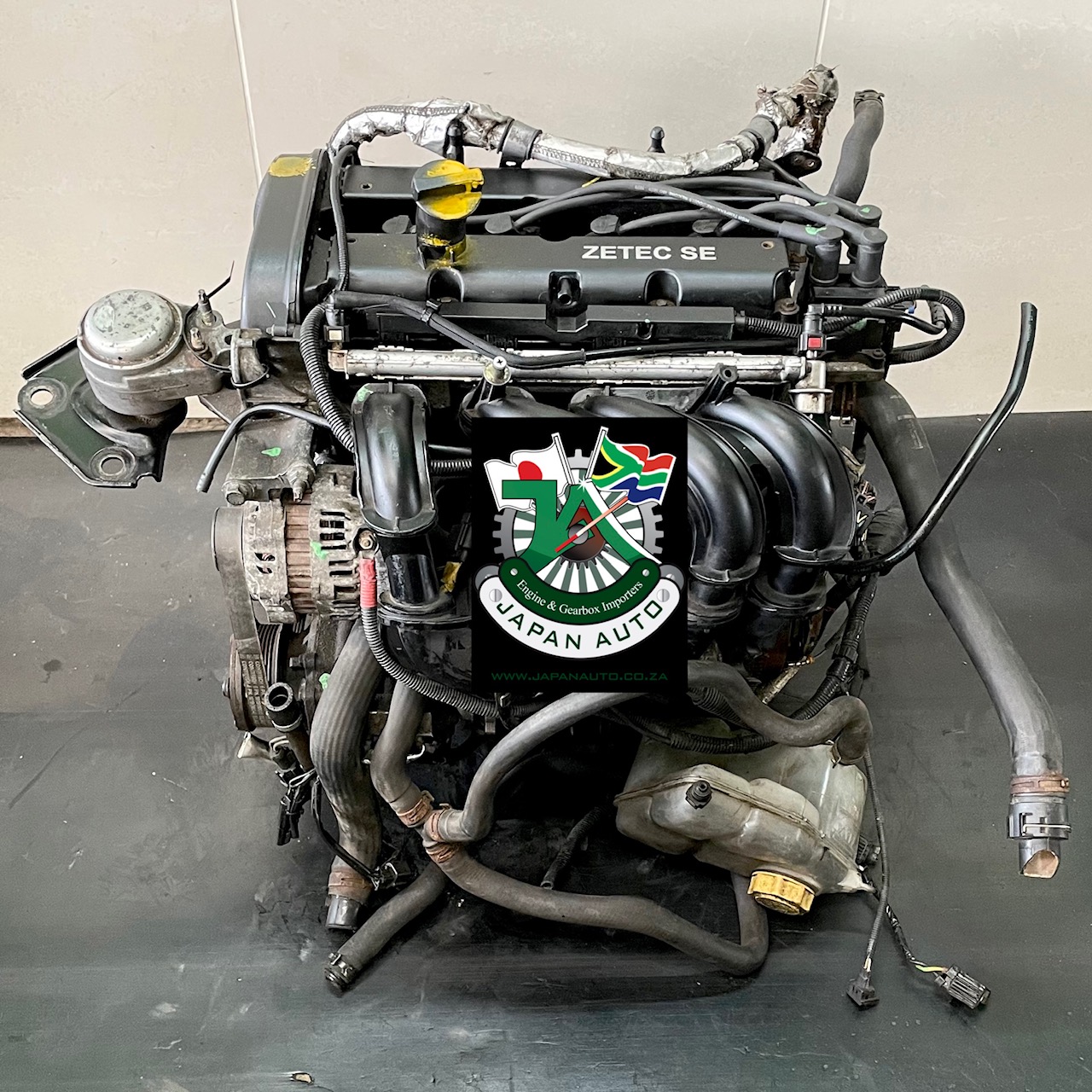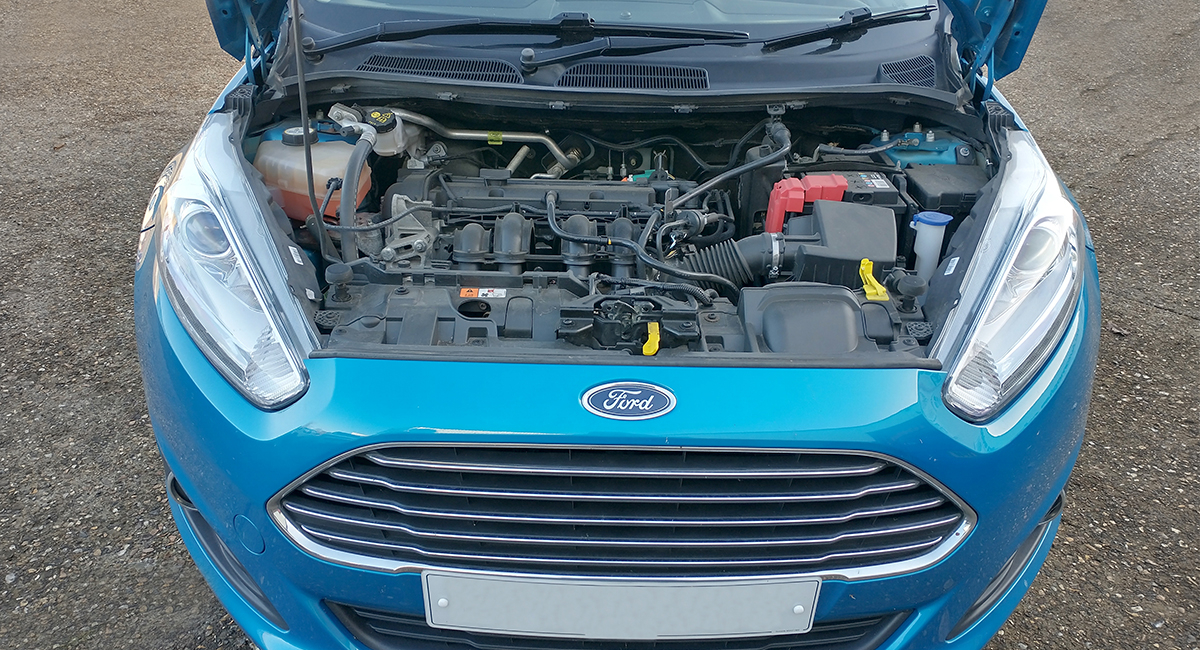What to Look for When Buying a Used Ford Fiesta Engine
What to Look for When Buying a Used Ford Fiesta Engine
Blog Article
Exploring the Advancement of Engines: From Classic Styles to Modern Marvels
From the preliminary steam engines that powered the Industrial Transformation to the development of interior burning engines that changed movement, each phase has added to greater efficiency and capacity. As we examine these turning points, one need to take into consideration how the future of engine design may unravel, testing our assumptions of power and performance.
The Birth of Engine Modern Technology
The advent of engine technology noted a turning point in human technology, changing power conversion and transport. The earliest engines emerged from the requirement to harness mechanical power for functional usage, causing the growth of gadgets that transformed numerous power forms right into activity. The concept of the engine can be traced back to ancient human beings, where straightforward devices, such as the waterwheel and windmill, utilized all-natural pressures to execute job. Nevertheless, it was throughout the late 17th and very early 18th centuries that substantial innovations began to materialize.
The advancement of the interior combustion engine and the development of the steam engine militarized an extensive change in commercial capabilities. These engines not only enhanced efficiency yet also increased the range of human wheelchair, allowing unprecedented transport opportunities. The very early models prepared for the mechanical globe, promoting the surge of industries and improving social structures.
As engine designs evolved, they incorporated cutting-edge products and progressed design concepts, leading the means for modern-day advancements - ford fiesta engine. The birth of engine innovation ignited a relentless search of effectiveness and power, establishing the phase for the dynamic evolution of transportation and industrial equipment that would certainly comply with
Steam Engines and Their Impact

The vapor engine's effect was particularly apparent in the transportation sector (ford fiesta engine). Steam-powered engines promoted the fast motion of goods and people across vast distances, efficiently reducing the geographical obstacles that had actually previously prevented profession and interaction. Steamships transformed naval travel, enabling for quicker and much more dependable crossings of oceans and rivers.
In sector, vapor engines powered factories, making it possible for automation and the rise of urban centers as centers of economic activity. This shift not only modified labor characteristics however likewise added to the development of a consumer-driven culture. Heavy steam modern technology promoted technologies in engineering and production processes, laying the groundwork for future developments in engine layout. The legacy of heavy steam engines is extensive, reflecting a critical minute in human ingenuity and the ruthless quest of development.
The Surge of Interior Combustion
Frequently outweighing steam power, the increase of internal combustion engines noted a transformative shift in transportation and industry during the late 19th and early 20th centuries. The growth of these engines, identified by their capability to burn gas within the engine itself, allowed greater efficiency and power contrasted to conventional heavy steam engines. Pioneering inventors such as Nikolaus Otto and Rudolf Diesel played crucial duties in perfecting engine styles, leading to prevalent adoption in vehicles, boats, and commercial equipment.
The interior combustion engine's small size and reasonably light-weight nature Your Domain Name facilitated the development of individual automobiles, reinventing specific mobility and improving metropolitan landscapes. By enabling faster traveling and the effective transport of goods, these engines militarized economic development and promoted globalization. The flexibility of gas options, including fuel and diesel, additionally enhanced their appeal, permitting for diverse applications throughout different fields.
In spite of the environmental worries that would certainly later on occur, the initial appeal of interior combustion modern technology lay in its transformative possibility. As culture embraced this innovation, the foundation was laid for modern-day transportation systems, developing interior burning engines as a foundation of industrial improvement and life throughout the 20th century.
Innovations in Engine Efficiency
As inner burning engines became important to transport and sector, the focus moved in the direction of enhancing their performance to satisfy expanding needs for performance and sustainability. Developments useful link in engine layout, material science, and modern technology have significantly added to this development.
One significant innovation is the development of turbocharging, which enables for boosted air intake, leading to even more total gas burning and improved power output without expanding engine size. Furthermore, variable shutoff timing systems have actually been implemented to optimize engine efficiency across different RPM arrays, therefore boosting fuel effectiveness.
The application of innovative gas injection innovations, such as direct injection, has also played an important duty. This approach permits even more precise control over the fuel-air combination, advertising far better burning and lowering exhausts. Lightweight materials, consisting of light weight aluminum and composite components, have actually been taken on to minimize overall engine weight, leading to enhanced performance.
These improvements show a wider trend within the auto industry, where the synergy in between design advancement and ecological factors to consider drives the continuous quest for greater efficiency in interior combustion engines. As a result, modern-day engines are currently more effective, cleaner, and reliable than in the past, paving the means for a much more lasting future in transportation.
The Change to Electric Power
With expanding issues over ecological effect and nonrenewable fuel source dependency, the auto industry is experiencing a significant shift in the direction of electric power. This change is driven by a combination of technological developments, governing pressures, and altering consumer choices. Electric vehicles (EVs) provide an engaging alternative to typical interior burning engines, flaunting decreased greenhouse gas emissions and reduced operating expense.
The surge of battery modern technology has actually been a video game changer, with lithium-ion batteries becoming extra economical and efficient. Improved energy thickness and faster charging capabilities have actually made EVs extra sensible for everyday use. Federal governments worldwide are implementing rewards and setting enthusiastic targets for phasing out fossil fuel cars, consequently accelerating the adoption of electrical power.
As billing my site infrastructure expands and battery modern technology continues to boost, the shift to electrical power is positioned to reshape the vehicle landscape, advertising sustainability and development in the years to come. The future of transportation is electric, and the momentum is undeniable.
Final Thought
The development of engine technology represents a substantial trajectory of technology that has exceptionally influenced transportation and industry. From the fundamental steam engines to the transformative interior combustion engines, each advancement has actually added to improved mobility and economic development. The current transition toward electric power highlights a crucial commitment to sustainability, driven by developments in battery innovation. This ongoing evolution not only shows changing societal requirements yet additionally highlights the potential for a cleaner and extra reliable future in engine design.

Report this page